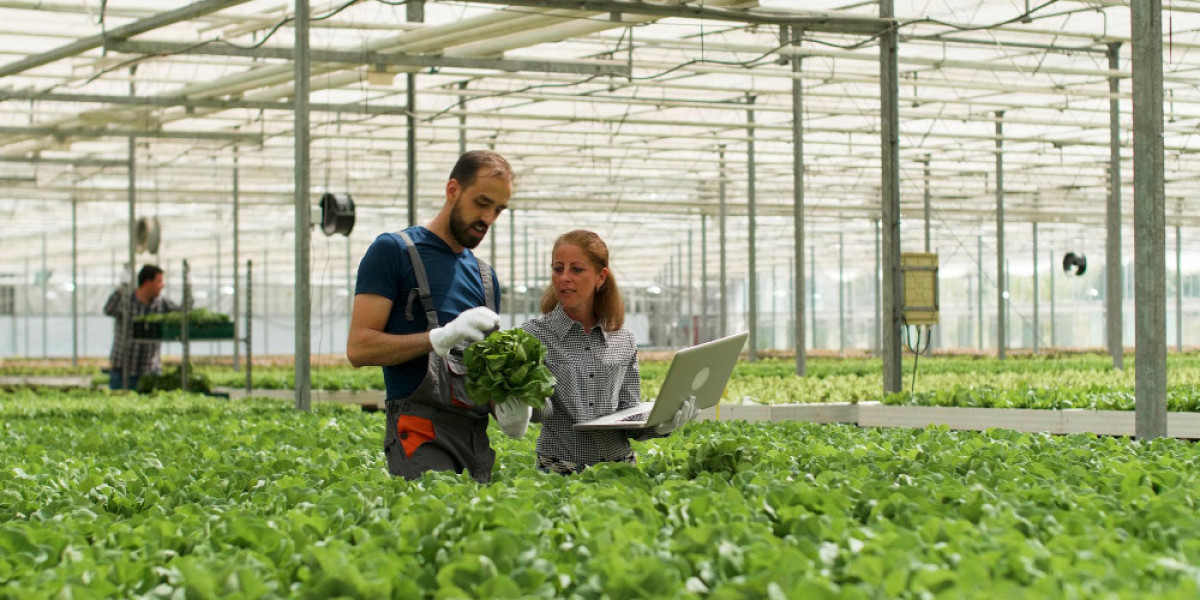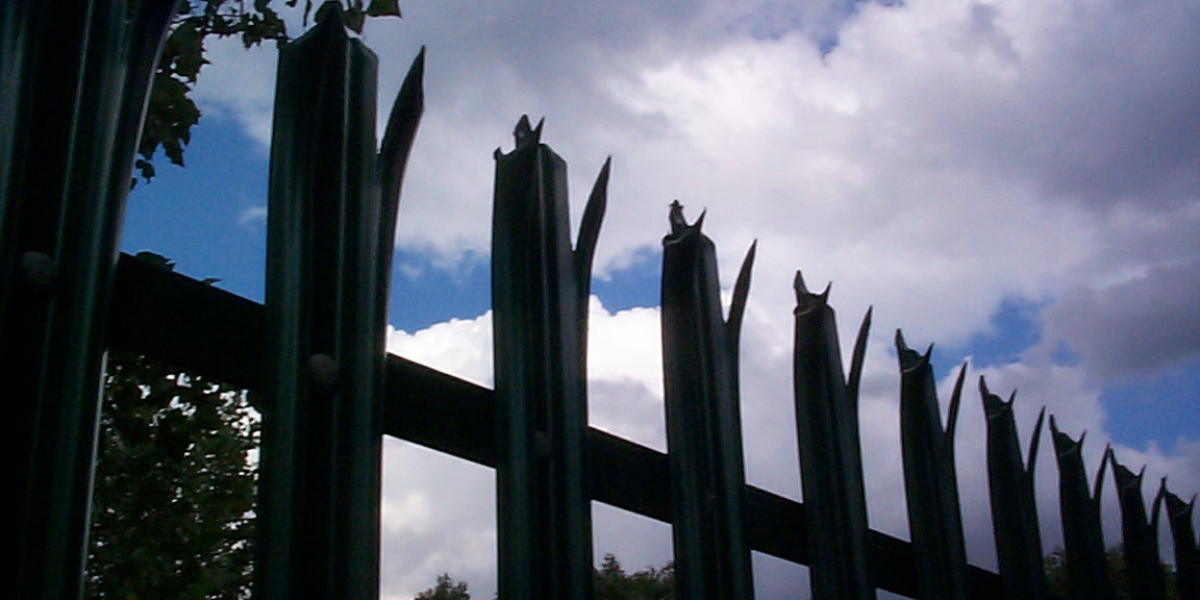The agricultural industry has always been the backbone of human civilization. However, with the growing global population and increasing demand for food, traditional farming methods are no longer sufficient to meet these needs. Technology is now transforming how we grow, manage, and distribute food — creating a new era of digital farming. From artificial intelligence and drones to IoT sensors and data analytics, innovations in agricultural technology are enabling farmers to produce more with fewer resources while maintaining sustainability.
The Rise of Technology in Agriculture
Agriculture is undergoing a massive digital transformation, thanks to the rapid adoption of advanced technologies. The integration of robotics, machine learning, and data-driven tools allows farmers to make precise decisions that optimize crop yield, minimize waste, and reduce environmental impact. These technologies have paved the way for predictive analytics, helping farmers monitor soil conditions, track weather patterns, and manage irrigation systems effectively.
This transition toward technology-driven farming is part of a broader movement known as smart agriculture, where data and automation are used to enhance every step of the farming process. Smart agriculture not only increases productivity but also promotes sustainability by reducing chemical use, conserving water, and improving crop health monitoring.
IoT and Sensor-Based Farming
The Internet of Things (IoT) plays a crucial role in modern farming practices. Sensors installed across fields collect real-time data about temperature, soil moisture, pH levels, and nutrient content. This data helps farmers understand the condition of their crops and take timely actions to prevent disease or pest infestations.
IoT-enabled devices also automate irrigation systems, ensuring optimal water usage. For instance, if soil sensors detect low moisture levels, the system can automatically activate water sprinklers. This approach not only conserves resources but also reduces operational costs. When combined with machine learning algorithms, IoT devices can predict weather changes and recommend the best planting or harvesting times.
Artificial Intelligence and Drones in Farming
Artificial Intelligence (AI) is becoming an essential part of the agriculture ecosystem. AI-powered image recognition systems can detect crop diseases early, allowing farmers to apply targeted treatments instead of large-scale chemical sprays. Machine learning models can analyze years of crop data to predict yields, enabling better financial planning and risk management.
Drones, on the other hand, provide aerial insights into crop growth, soil variations, and irrigation efficiency. They can capture high-resolution images of large farms, making it easier to identify problem areas that need attention. This aerial data supports precision agriculture, where every action — from planting seeds to applying fertilizers — is based on accurate, real-time insights.
Automation and Robotics in Modern Farms
Automation is another key component in the modernization of agriculture. Robots equipped with AI and computer vision can plant seeds, weed crops, and even harvest produce without human intervention. These machines operate 24/7, improving efficiency and reducing dependency on manual labor.
For example, autonomous tractors and harvesting robots can be programmed to perform specific tasks with incredible precision. This not only accelerates production but also minimizes errors that are common with traditional methods. In large-scale farming operations, automation ensures consistent quality and faster turnaround times.
The Role of Software in Agricultural Transformation
Behind every smart farming solution lies sophisticated software that connects devices, processes data, and provides actionable insights. Modern agricultural management platforms integrate multiple technologies — IoT, AI, and cloud computing — into a single interface that allows farmers to monitor operations remotely.
Many of these solutions are developed by specialized tech firms, such as an embedded software development company, which designs the software controlling IoT devices, drones, and automated machinery. These companies play a vital role in enabling seamless communication between hardware components and cloud-based analytics platforms. Without efficient embedded software, the integration of sensors, robotics, and AI would not be possible.
Blockchain and Transparency in Food Supply Chains
Blockchain technology is now being used to improve transparency and traceability in the food supply chain. Every step of food production — from farm to fork — can be recorded securely in a blockchain ledger. Consumers can scan a QR code to see where their food was grown, how it was processed, and how long it took to reach the store.
This level of transparency helps build trust between producers and consumers while ensuring compliance with safety and quality standards. For farmers, blockchain offers better pricing and eliminates intermediaries by enabling direct transactions with buyers.
Sustainability Through Technology
Sustainability is one of the most significant benefits of technological innovation in agriculture. Smart irrigation systems reduce water consumption by up to 50%, and precision farming techniques ensure that fertilizers and pesticides are used only where needed. These methods minimize waste and environmental pollution.
Moreover, data-driven farming encourages crop diversification and soil regeneration practices, contributing to long-term agricultural health. Renewable energy sources like solar-powered irrigation pumps are also helping farmers reduce dependency on fossil fuels and lower operational costs.
Conclusion
The convergence of technology and agriculture marks a new chapter in human innovation. From data analytics and IoT to AI-driven automation and blockchain transparency, modern farming is evolving rapidly. Farmers are no longer just cultivators of the land they are now data analysts, machine operators, and tech-savvy entrepreneurs.








